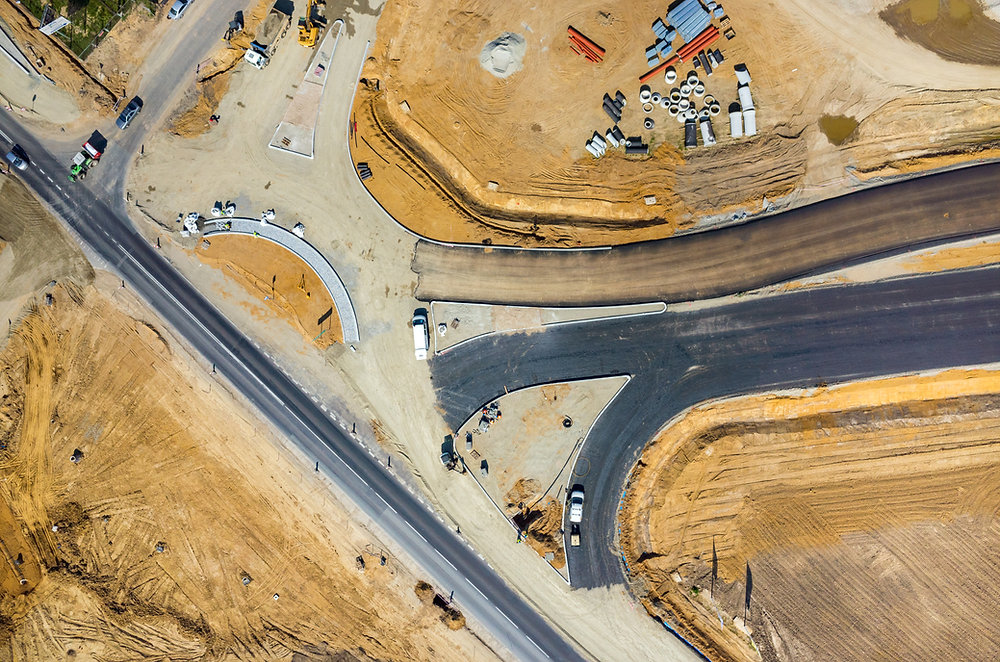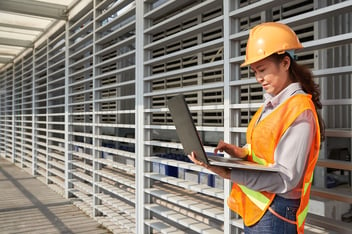In a world where innovation and progress reign supreme, even the most traditional of industries are not immune to transformation.
Join me on a journey into the future, where the clang of hammers and the buzz of construction sites are accompanied by the hum of technology and the whisper of sustainability.
As we step into the year 2050, we find ourselves standing at the precipice of a construction site unlike any before—a place where science fiction meets reality, and ancient methods merge with cutting-edge techniques.
This is a tale of what the construction site of the future could be, a realm where robotic companions, augmented reality, green initiatives, and digital interconnectedness redefine the very essence of building. Welcome to a world where the blueprint of tomorrow is being constructed today.
Part 1: The Arrival
In the year 2050, I found myself standing at the threshold of a construction site that seemed to have leaped out of a science fiction novel. Gone were the dusty landscapes and manual labourers hauling heavy loads. Instead, I was greeted by a symphony of futuristic marvels that promised a new era of construction.
Part 2: The Digital Canvas
As I stepped onto the site, I was handed a pair of augmented reality glasses. Putting them on, I saw the construction area transform into a digital canvas. A digital twin of the entire project floated before my eyes, intricately connected to real-time sensor data. It was as if the site itself had a digital heartbeat.

Part 3: Robo Companions
Among the flurry of activity, autonomous robots moved gracefully, each with a defined purpose. Some were meticulously placing bricks, while others maneuvered through the site, delivering materials. These robots weren't just machines; they were a new breed of construction companions, working together seamlessly to create structures with unprecedented precision.
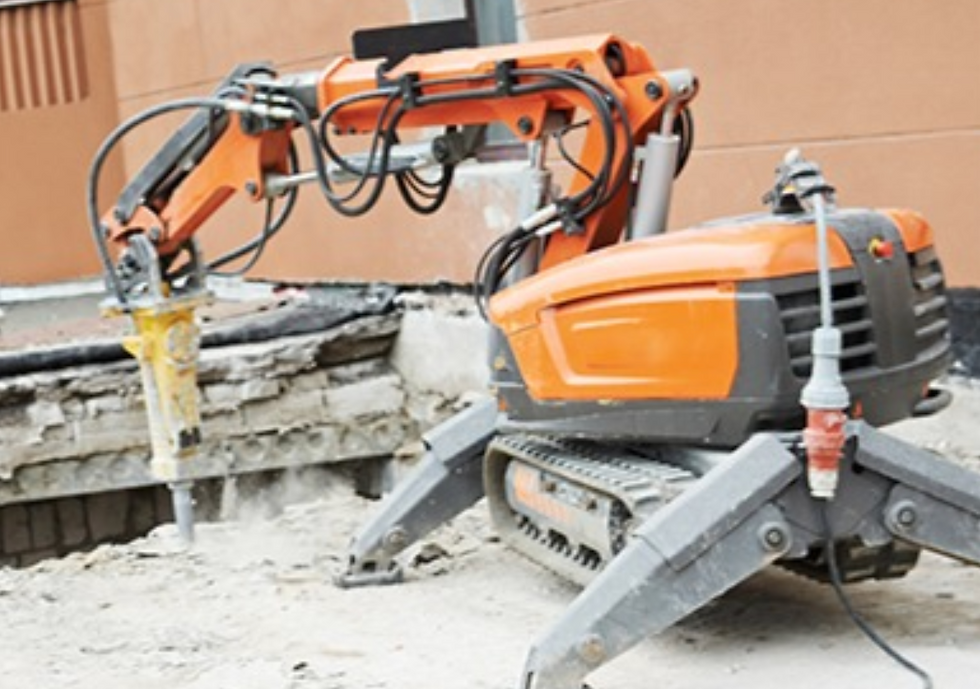
Part 4: The Green Revolution
As I marvelled at the high-tech robotics, my attention was drawn to the buildings rising around me. They seemed to blend with nature rather than intrude upon it. Solar panels covered facades, capturing sunlight to power the site. Green roofs adorned with lush vegetation provided natural insulation, contributing to the site's sustainability. Rainwater was collected, stored, and reused, minimizing the need for external water sources.
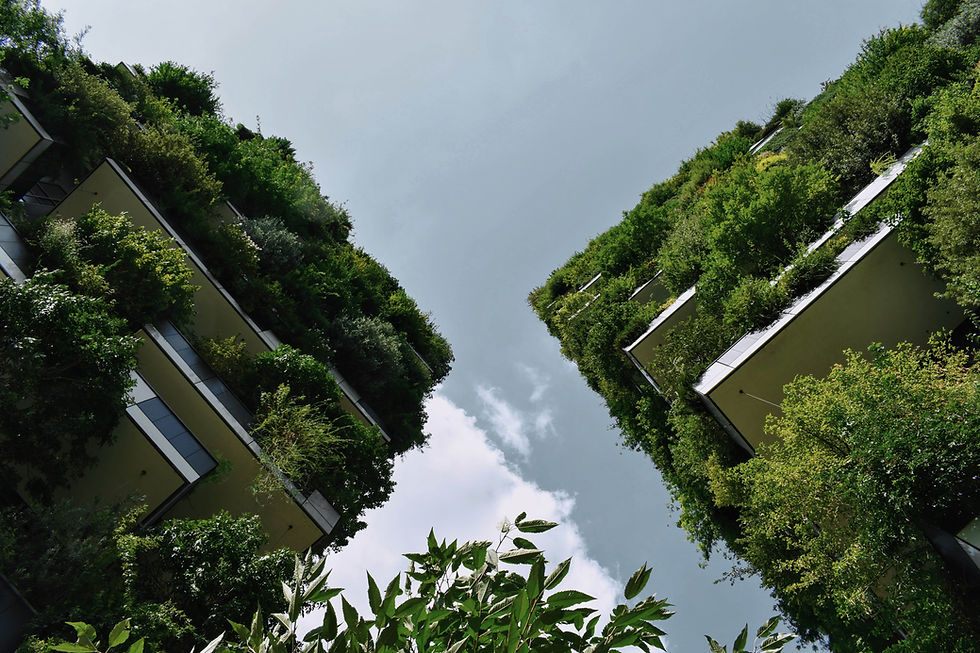
Part 5: A Glimpse of the Future
The future wasn't just about cutting-edge technology; it was also about empowering humans with tools that augmented their skills. Construction workers wore AR glasses that guided them through complex tasks. With a flick of their fingers, they could interact with digital models, ensuring every element was perfectly aligned.

The entire construction site was powered by Construction Workflow Automation (CWA) software, with each physical event onsite triggering multiple automated workflows in the background to automatically complete documentation and report on progress without any human involvement.
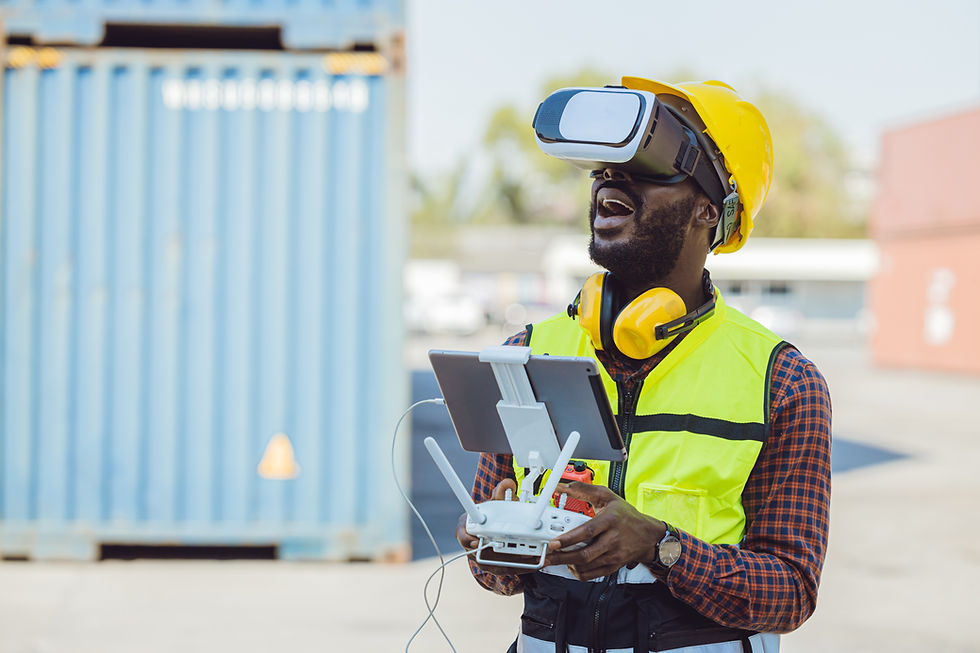
Part 6: The Sky's Eye
Drones buzzed overhead, performing tasks that once required days of manual labor. These drones scanned the site, creating 3D maps and models in real-time. They inspected structures, detecting even the tiniest defects with unmatched accuracy. The sky had become the site's watchful eye, ensuring every detail met the highest standards.
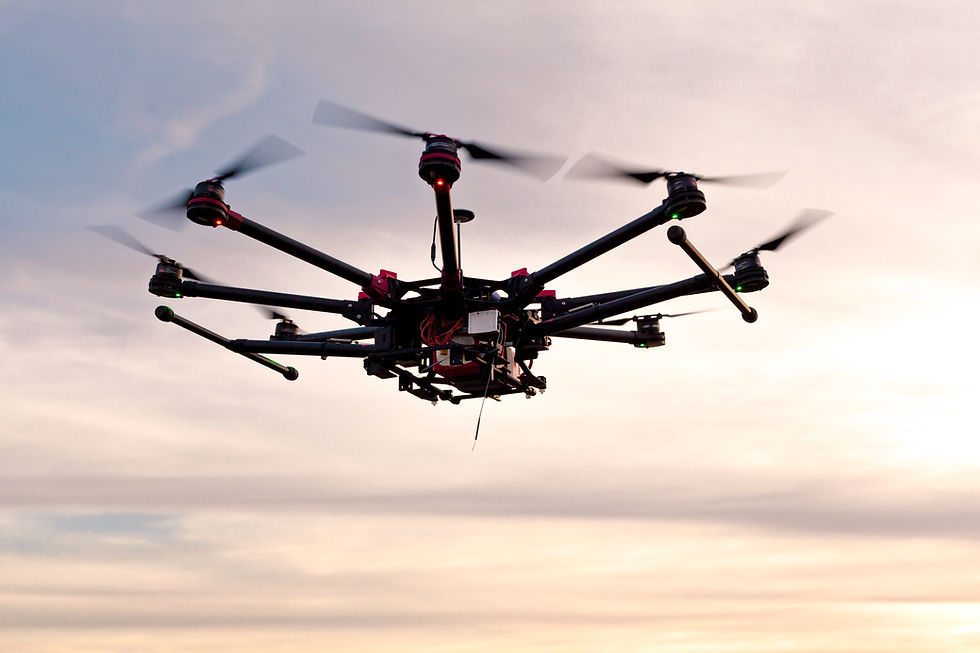
Part 7: Materials of Tomorrow
The very materials that formed these structures were no less remarkable. Self-healing concrete repaired its own cracks, prolonging the life of buildings. Smart materials adapted to environmental conditions, optimizing energy usage and structural integrity. Structures weren't just static; they were alive, responding to the world around them.

Part 8: The Dance of Data
Data flowed like a river through the site, connecting architects, engineers, and stakeholders in a digital ecosystem. Decisions were no longer made in isolation; they were data-driven and collaborative. Predictive analytics anticipated potential delays and hiccups, allowing the team to navigate challenges with precision.
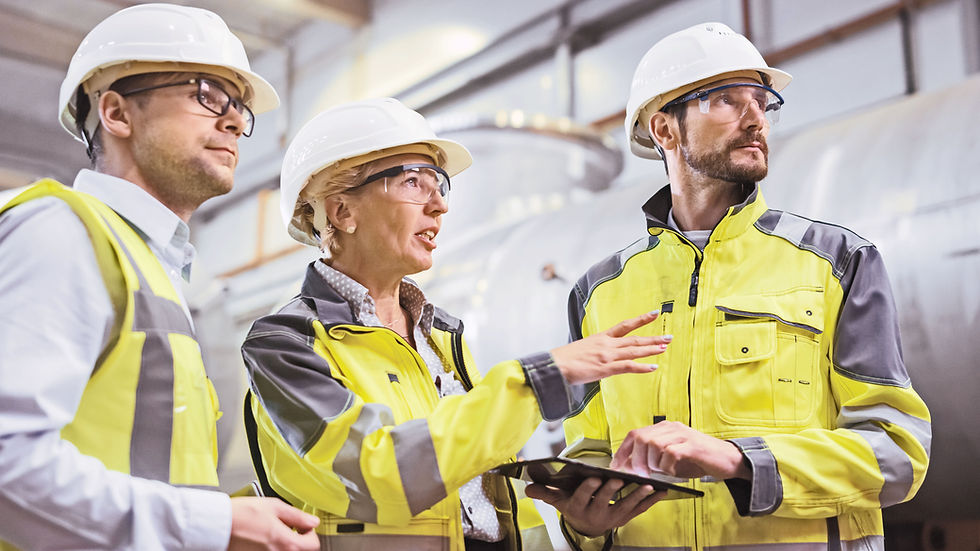
Part 9: The Evolution
As I reluctantly left the site, I realized that I had witnessed the evolution of construction. The once dusty landscapes had given way to a symphony of innovation, where technology and sustainability danced in harmony. The construction site of the future wasn't just about building structures; it was about building a better world.
Conclusion: Pioneering the Path
As I looked back at the construction site of the future, I couldn't help but feel a sense of awe and hope.
The industry had embraced change, adapting to a new era where every brick laid and every beam raised was a step towards a brighter, more interconnected, and environmentally conscious future. The journey of construction had been reimagined, and it was a journey worth embarking upon.



